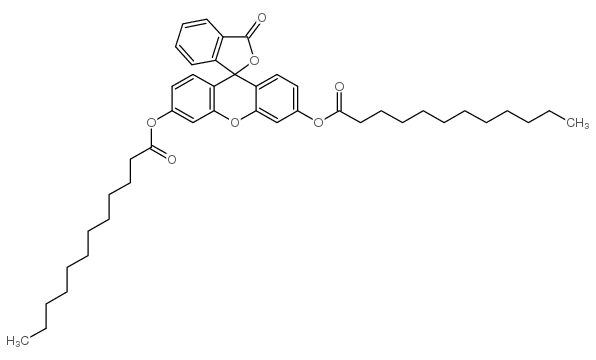Comparing the urinary pancreolauryl ratio and faecal elastase-1 as indicators of pancreatic insufficiency in clinical practice
D.A. Elphick, K. Kapur, D A Elphick, K Kapur
Index: Pancreatology 5(2-3) , 196-200, (2005)
Full Text: HTML
Abstract
Background: The urine pancreolauryl ratio (uPLR) and, more recently, the faecal pancreatic elastase-1, are widely used for the noninvasive diagnosis of exocrine pancreatic insufficiency. Both tests have previously been validated against ‘gold standard’ tests of pancreatic function, but their use in a clinical setting has never been directly compared. Methods: We performed a comparative study of the pancreolauryl ratio (PLR) and the faecal elastase-1 (FE-1) test in patients with a clinical suspicion for pancreatic insufficiency. The results were compared with the clinical response to pancreatic enzyme supplementation using pre-defined criteria. Results: Forty-five patients were enrolled in the study and 33 were given a trial of pancreatic enzyme supplementation. Twenty-four out of these 33 showed a positive clinical response to enzyme supplements. Of the 24 responders, 19 had positive FE-1 (<200 μg/g faeces), but only 12 had a positive uPLR (<20). There was a significant correlation between the FE-1 result and clinical response to enzyme supplements (p = 0.01), but not between the PLR and clinical response (p = 0.15). Conclusions: FE-1 is a simpler test for the patient to perform and more accurately predicts the response to pancreatic enzyme supplementation in patients with chronic, unexplained diarrhoea with a clinical suspicion of pancreatic insufficiency than the PLR. This makes the FE-1 of greater use in clinical practice than the PLR.
Related Compounds
| Structure | Name/CAS No. | Molecular Formula | Articles |
|---|---|---|---|
 |
3-Butynyl 2-bromoisobutyrate
CAS:7308-90-9 |
C44H56O7 |
|
Exocrine pancreatic secretion in man following one week of M...
1993-08-01 [Aliment. Pharmacol. Ther. 7(4) , 423-8, (1993)] |
|
Comparison of two tubeless function tests in the assessment ...
2000-12-01 [Eur. J. Gastroenterol. Hepatol. 12(12) , 1335-8, (2000)] |
|
Spot urine pancreolauryl test for use in infancy.
1995-03-01 [Arch. Dis. Child. 72(3) , 233-4, (1995)] |
|
Glucose interference in the pancreolauryl test.
1998-03-01 [Ann. Clin. Biochem. 35 ( Pt 2) , 274-8, (1998)] |
|
Comparison of different endocrine stimulation tests in nondi...
1998-01-01 [Hepatogastroenterology. 45(22) , 1111-6, (1998)] |